SaaS Development
“Accelerate Your Business Journey With Innovative Cloud-Based SaaS Development Solutions.”
- SERVICES
- Custom Software Development
- SAAS Development
Providing End-to-End SaaS Development Services
At NMG Technologies, we provide customized end-to-end SaaS development services for startups, SMEs, and large enterprises. Our expert team combines cutting-edge technology with strategic planning to provide SaaS solutions customized according to your business needs.
We handle your project from start to finish, allowing you to focus entirely on the growth of your business. Our solutions are delivered on time and within budget, meeting the highest standards. Trust NMG Technologies to manage all your SaaS application, product and platform development needs to drive innovation and growth.
Services We Provide for SaaS Development
We offer a full range of services to support every stage of Software-as-a-Service development tailored to meet your business objectives.
- SaaS Application Development
- SaaS Product Development
- SaaS Web Development
- SaaS Platform Development
- SaaS Cloud Migration
- SaaS UI/UX Design
- SaaS Consulting Services
- SaaS Integration Services
-
SaaS Application Development
We specialize in creating visually stunning, reliable and secure mobile SaaS applications for iOS, Android and wearable devices. Our services can help your business grow, reduce costs and stay ahead of the curve by adopting innovative technologies.
-
SaaS Product Development
Our dedicated team builds scalable and secure SaaS products that not only meet but also surpass market demands and user expectations. By delivering exceptional performance and unparalleled reliability, we foster a bond of long-term satisfaction and trust with our clients.
-
SaaS Web Development
Our team can transform your cloud app idea into reality. We build a wide range of web-based SaaS products, including CRM, e-commerce, and content management systems, tailored to your specific needs and requirements.
-
SaaS Platform DevelopmentWe develop powerful SaaS platforms that effortlessly combine various applications and services into a cohesive environment for streamlined operations. These comprehensive platforms significantly boost productivity and enhance the user experience by turning complex tasks into simple processes.
-
SaaS Cloud Migration
Looking to modernize your on-premise product? Our experts can easily migrate your software to a subscription-based SaaS model. We'll optimize your migration process, ensuring a smooth transition that aligns with your business objectives and budget constraints.
-
SaaS UI/UX Design
Our UI/UX designers focus on crafting intuitive navigation and visually striking designs that align with your brand identity. Our team ensures that your SaaS product delivers a delightful user experience that leads to increased users and retention.
-
SaaS Consulting Services
Our SaaS consultants will analyze your industry to develop a distinctive software solution. They'll help you define a unique selling point and make sure that the designed product effectively addresses that specific market need.
When faced with numerous SaaS development choices, our experts will select the ideal technology stack to align with your business objectives. We provide comprehensive support, from initial concept to post-launch maintenance.
-
SaaS Integration Services
Our SaaS integration experts will seamlessly connect your existing software systems with new cloud-based applications. We'll identify and implement the most effective integration strategies to streamline workflows, improve data consistency, and enhance overall business efficiency.
Technologies Used for SaaS Development
At NMG Technologies, we utilize an array of cutting-edge technologies to power our SaaS development:
Front-end
We use cutting-edge technologies such as React, Angular, and Vue.js to craft intuitive, lightning-fast, and visually stunning web applications, guaranteeing seamless and engaging user experiences across all devices.
Back-end
Our backend development harnesses the power of Node.js, Python, Ruby on Rails, and Java, ensuring scalable, high-performance SaaS solutions that guarantee optimal server-side performance, stability, and seamless user experiences.
Mobile
We develop high-performance mobile SaaS apps for both iOS and Android using Swift, Kotlin, React Native, and Flutter. Our solutions ensure extensive reach, exceptional user satisfaction, and high engagement across both platforms.
Database
Data management is crucial in SaaS. We leverage SQL databases like MySQL and PostgreSQL, alongside NoSQL options like MongoDB and Cassandra, to deliver secure, high-performing, and reliable solutions for our clients.
Infrastructure
A reliable and scalable infrastructure is crucial for SaaS success. Leveraging AWS, Azure, GCP, Docker, and Kubernetes, we guarantee adaptable, secure, and efficient application deployment to meet dynamic enterprise needs.
Industries That Our SaaS Development Company Serves.
We deliver tailored SaaS applications that address the unique challenges and
opportunities within each sector.
-
 Healthcare
Healthcare -
 Fintech
Fintech -
 Education
Education -
 Retail
Retail -
 Logistics
Logistics

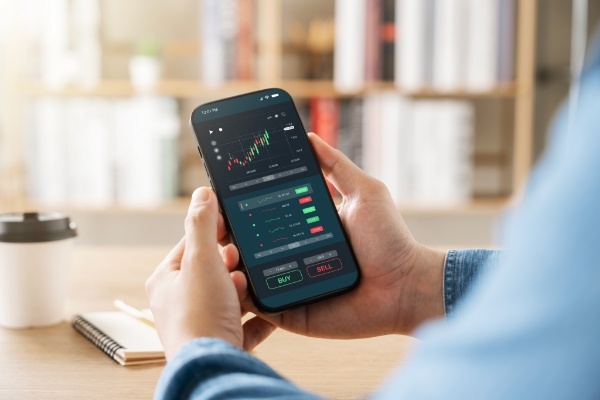



Learn More About Our SaaS Development Process.
-
Planning
We conduct thorough market research, meticulously define project scope, and establish clear objectives to ensure our SaaS solutions are perfectly tailored to your business goals to drive success and innovation in your organization.
-
Designing
Our skilled designers craft user-centric interfaces that blend aesthetics with functionality for an engaging user experience. We meticulously design every detail to create intuitive, visually appealing, and highly functional digital environments for users.
-
Development
Our expert development team harnesses the latest technologies to create durable, scalable, and secure SaaS applications. We tailor each solution to meet your specific needs, ensuring your business thrives in today's competitive digital landscape.
-
Testing
We conduct extensive testing to ensure our SaaS solutions are bug-free and perform seamlessly across diverse platforms and devices. This rigorous process guarantees top-notch performance, reliability, and user satisfaction, making our SaaS product robust and dependable.
-
Launch and Maintenance
We launch your SaaS product with minimal downtime, guaranteeing immediate usability. After launch, we provide ongoing support and regular updates to ensure security and enhance efficiency, allowing your business to thrive securely.
Your Journey, Our Expertise:
Results-Driven Successful Partnerships


CEO and Founder, Atlys Inc


Head of Marketing


Sai Karan Vedulla
London & Partners,
VP & Chief Representative

Steve Delvecchia
VP Digital Engagement,
Resources Connection Inc.
(NASDAQ Listed)
Recognitions & Awards.


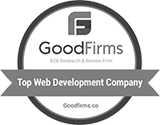
Our Blogs.
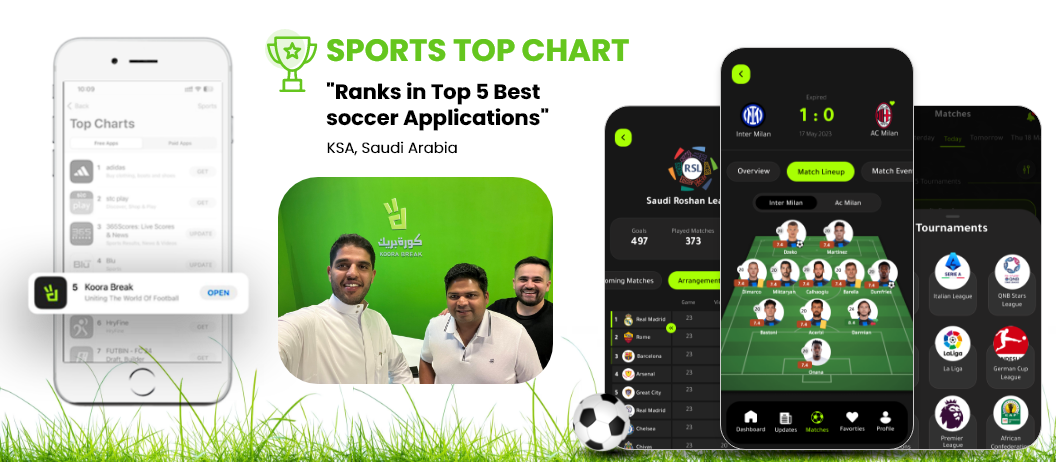
Never Miss a Goal with Koora Break!
Developed by NMG Technologies, Experience Football Like Never Before with Saudi Arabia's Award-Winning Soccer App.
February 23, 2024
Read More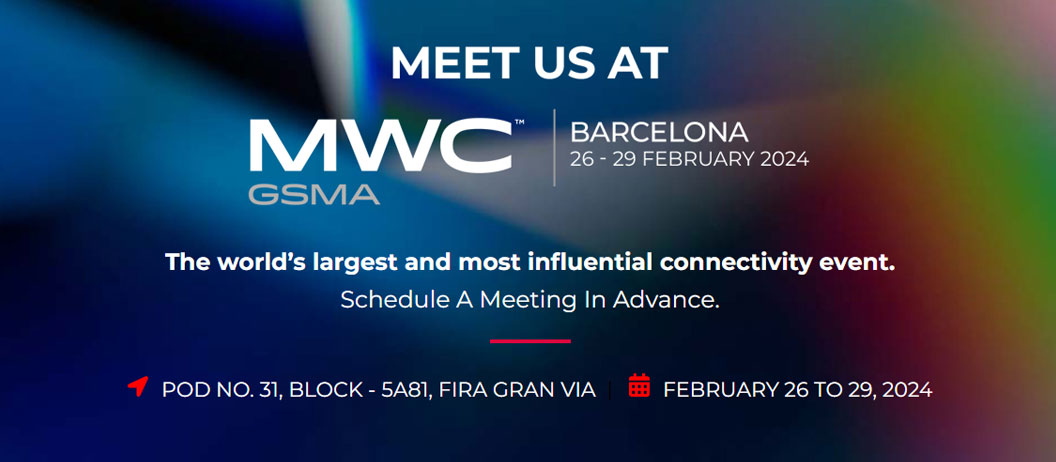
NMG Technologies to Participate in Mobile Word Capital Barcelona – the world’s largest and most influential connectivity event
NMG Technologies to Participate in Mobile Word Capital Barcelona – the world’s largest and most influential connectivity event
February 16, 2024
Read More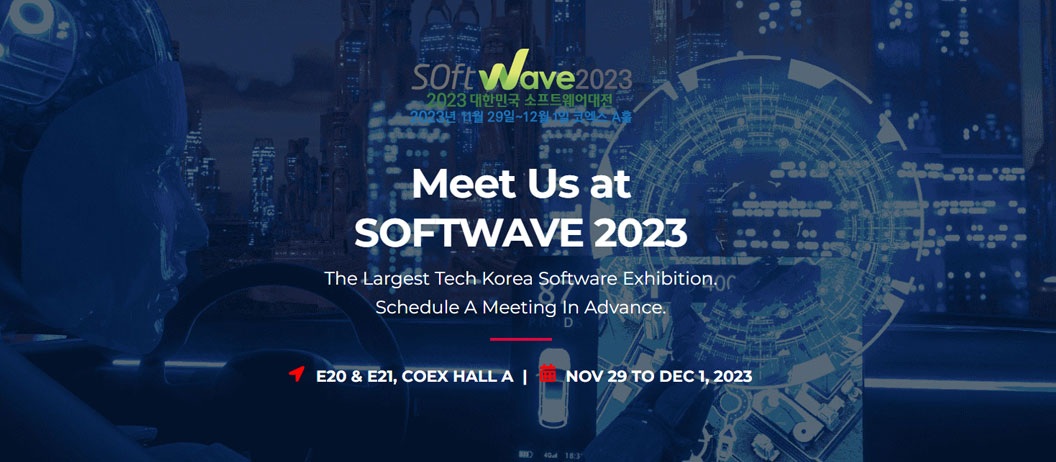
NMG Technologies Participated in Softwave 2023, The Republic of Korea Software Exhibition
NMG Technologies Participated in Softwave 2023, The Republic of Korea Software Exhibition
November 29, 2023
Read MoreFAQ’s.
What are SaaS development services?
Outsourcing SaaS development services means that the said agency will handle the entire lifecycle of SaaS solutions; right from design and development to deployment and maintenance.
What are the benefits of SaaS solutions for my business?
Any business can benefit from our innovative solutions in terms of reduced IT costs, enhanced scalability, greater flexibility, and improved collaboration.
In addition,
What is the difference between software development and SaaS?
Traditional software development requires local installation, whereas SaaS offers cloud-based software on a subscription model, making it more accessible and convenient for users.
Does a modern SaaS product need technologies like AR and AI?
To make sure a SaaS web or mobile product remains competitive, innovation by integrating AR and AI is crucial. This boosts user experience and functionality in this dynamic, cutting-edge field of artificial intelligence.
